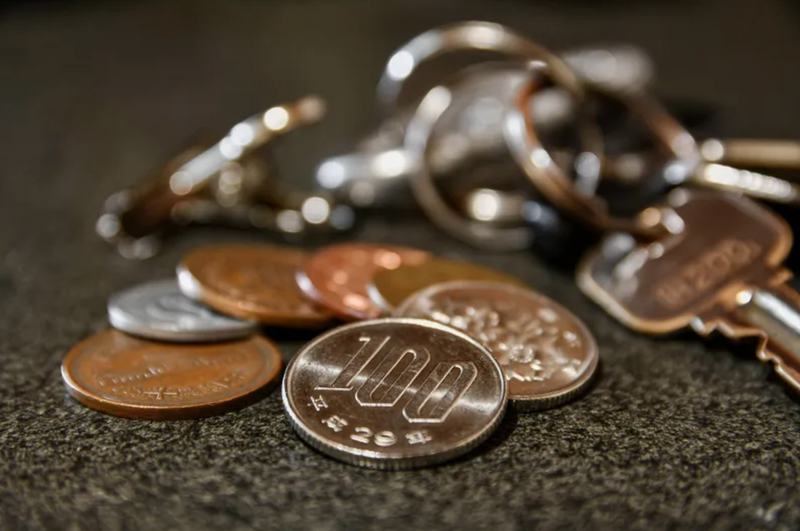May 20, 2024
Avg. household savings in Japan up for 5th consecutive year

Average household savings in Japan among homes with two or more people rose again in 2023 reaching 19.04 million yen, up 30,000 yen from the previous year, according to government data.
A 0.2 percent increase from the previous year meant that 2023 marked the fifth consecutive year for households in Japan to see an increase in their average savings, according to a household budget survey report released by the Ministry of Internal Affairs and Communications on Friday.
At 19.04 million yen, household savings in Japan were at their highest average since 2002, when comparisons became available.
The average annual household income in Japan also increased at the same rate as savings, up 0.2 percent to reach 6.42 million yen in 2023, according to the ministry report.
While average savings increased, two out of three households in Japan were found to have savings below the average with 10 percent of households having savings of less than one million yen. At the other end of the scale, 12.9 percent of households had savings of above 40 million yen. Households whose head was under 40 years old had the lowest average savings at 7.82 million yen. Median household savings stood at 11.07 yen.
Despite their average income increasing to 7.69 million yen, up 10,000 yen from the previous year, Japan’s working households actually saw their savings drop by 2.3 percent, or 340,000 yen, to an average of 14.74 million yen in 2023. Median savings stood at 8.95 million.
Among all the households surveyed for the ministry’s report, currency deposits accounted for the largest portion of savings at 34.7 percent, an average of 6.6 million yen. This was followed by time deposits (interest-bearing bank deposits with a specified date of maturity) (28.2 percent / 5.37 million yen), life insurance (18.5 percent / 3.53 million yen), and marketable securities (17.0 percent / 3.23 million yen), among others.
Household debt was also up in 2023, having increased by over 13 percent from the previous to 6.55 million yen. Housing and land accounted for around 90 percent of debt.
All households whose head was under 50 years old were found to be holding debt that exceeded savings. At the other end, the highest average net savings were found to be held by households with a head 70 years or older at 24.25 million yen.
These savings appear comfortably within the value of savings required to cover living expenses in Japan after retirement.
In 2019 Japan’s Financial Services Agency estimated that retired couples would need 15 million yen to 30 million yen to cover living expenses until 95 years old, making up for any shortfall from relying solely on pension benefits.
As of 2022, 51.2 percent of Japanese were aware of the amount of money needed to cover their living expenses after retirement, according to the responses to a financial literacy survey carried out by the Central Council for Financial Services Information. 38.4 percent of respondents said they had a financial plan to prepare for these expenses.
The council, whose secretariat is the Bank of Japan, gathered a sample size of 30,000 individuals aged 18 to 79 living in Japan for the survey.
Did some of these numbers leave you breaking out into a cold sweat like us? Share your thoughts in the comments!



1 Comment
genkidesu
on May 24
I think last year I did a double take at the numbers and this year even more so. That's a LOT in savings. I think in my home country people would be putting that money into other investments like property or shares/stocks.